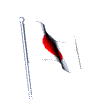

Japan is an island country in the North Pacific Ocean. It lies off the northeast coast of mainland Asia and faces Russia, Korea, and China. Four large islands and thousands of smaller ones make up Japan. It consists of four major islands; Hokkaido, Honshu, Kyushu, and Shikoku. These islands form a curve that extends for about 1,200 miles (1,900 kilometres). About 126 million people are crowded on these islands, making Japan one of the most densely populated countries in the world.
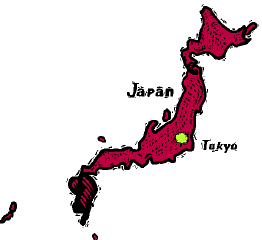
The Japanese call their country Nippon or Nihon, which means source of the sun. The name Japan may have come from Zipangu, the Italian name given to the country by Marco Polo, a Venetian
traveller of the late 1200's. Polo had heard of the Japanese islands while
travelling through China.
Japan's largest island is Honshu 80% of the people live there in the southeast a chain of volcanos lay there.
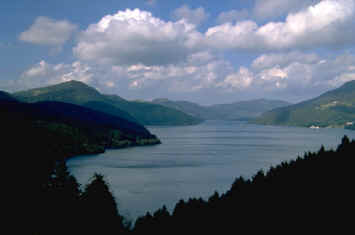 |
Only 5% of the people live in Hokkaido. It is Japan's second largest island and much of it is hilly. The important rivers of Hokkaido include the Ishikari and the Tokachi. People use them for fishing for bonti, carp, eel, mackerel, pollock, sardines, trout, and tuna Kyushu is the southern most island and has Japan's most population. It has a chain of steep island in the middle and also boasts many volcanoes. Shikoku is the smallest of the islands. About 3% of Japanese live on this island. Flat land is scarce and available flat land is farmed. The highest peak, Mount Fuji, is a volcano; last erupted in 1707. |
|
|
 |
| Mount Fuji | A Japanese Tower |
![]()
|
|
The main food of the Japanese people is rice. It is often simply boiled and eaten with pickled vegetables, such as pickled cabbage, cucumbers, eggplant, or radishes. The Japanese people serve rice at almost every meal. Other traditional dishes include sukiyaki (beef cooked with vegetables) and tempura (fish and vegetables fried in batter). Favourite Japanese snacks include various kinds of noodles in broth and yakitori, charcoal-grilled pieces of poultry on a skewer. |
![]()
| Japan is famous for its electronic exports and are leaders in computer technology. Japan is one of the world's leading trading nations. It's main exports, in terms of value, are passenger cars, iron and steel, and electronic equipment. Other leading exports are electrical and non-electrical machinery, motorcycles and trucks, plastics, precision instruments, ships and synthetic fibre fabrics. | 
|
| Japan has a rich literary heritage. Much of the country's literature deals with the fleeting quality of human life and the never-ending flow of time. The Tale of Genji, a long novel written during the early 1000's, is generally considered the greatest work of Japanese fiction. It is thought to be the first novel ever written. It is about the romantic adventures of Prince Genji, the "Shining Prince." | 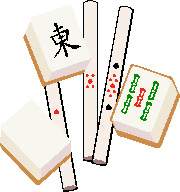 |
The Japanese flag is white with a large red disk (representing the sun without rays) in the centre.

Some common Japanese phrases:
| Japanese | English |
| O genki desu ka?: | How are you? |
| Hai, genki desu. | Fine, thank you. |
| Konnichi wa: | Good Morning |
| Komban wa: | Good Evening |
| Oyasumi nasai | Good Night |
|
Domo Arigato: |
Thankyou |
| Sumimasen: | Excuse me |
| Gomen nasai | Sorry |
| Sayonara:; | Good Bye |
| Hai: | Yes |
| Iie: | No |
| Ja ne! | See ya! |
| O-negai shimasu | Please |
| Dou itashimashite | You're Welcome |
| Itadakimasu! | Bon Appetit! |
![]()
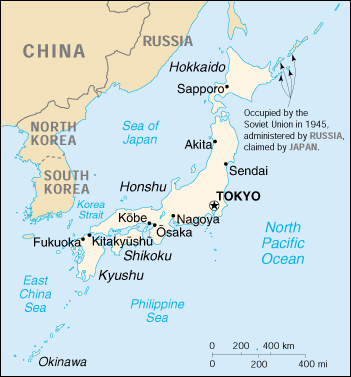
![]()
|
 |
| Ethnic Groups: Japanese 99.4%, Korean 0.6% (1999). | |
| Money: Japanese Yen. | |
| Natural resources: negligible mineral resources, fish. | |
| Agriculture and products: rice, sugar beets, vegetables, fruit; pork, poultry, dairy products, eggs; fish. | |
| Exports:motor vehicles, semiconductors, office machinery, chemicals. | |
| Imports: fuels, foodstuffs, chemicals, textiles, office machinery. | |
| Terrain: mostly rugged and mountainous. | |
| Climate: varies from tropical in south to cool temperate in north. | |
| Elevation extremes: lowest point: Hachiro-gata 4 m, highest point: Fujiyama 3,776 m. |
